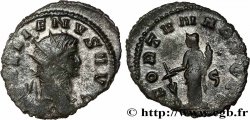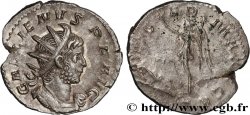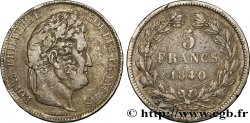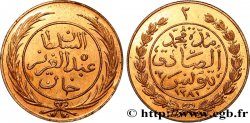brm_740667 - GALLIENUS Antoninien
70.00 €(Approx. 80.50$ | 61.60£)
Quantity
Add to your cart

Type : Antoninien
Date: c. 255
Mint name / Town : Atelier secondaire d’Orient (Samosate)
Metal : billon
Millesimal fineness : 300 ‰
Diameter : 23 mm
Orientation dies : 6 h.
Weight : 4,35 g.
Rarity : R2
Coments on the condition:
Flan large, épais, centré. Très beau revers, détaillé. Patine grise
Catalogue references :
Obverse
Obverse legend : IMP C P LIC GALLIENVS P F AVG.
Obverse description : Buste radié, drapé et cuirassé de Gallien à droite, vu de trois quarts en arrière (A2).
Obverse translation : “Imperator Cæsar Publius Licinius Gallienus Pius Felix Augustus”, (L’empereur césar Publius Licinius Gallien pieux et heureux auguste).
Reverse
Reverse legend : RESTITVT ORIE-NTIS.
Reverse description : La Tychè de l’Orient, tourelée, drapée, debout à droite tendant une couronne de la main droite, à Valérien Ier, lauré, en habit militaire, debout à gauche, tendant le bras droit et tenant une haste de la gauche.
Reverse translation : “Restitutor Orientis”, (Le Restaurateur de l’Orient).
Commentary
Rubans de type 3.
Type 3 ribbons
Type 3 ribbons








 Report a mistake
Report a mistake Print the page
Print the page Share my selection
Share my selection Ask a question
Ask a question Consign / sell
Consign / sell
 Full data
Full data














